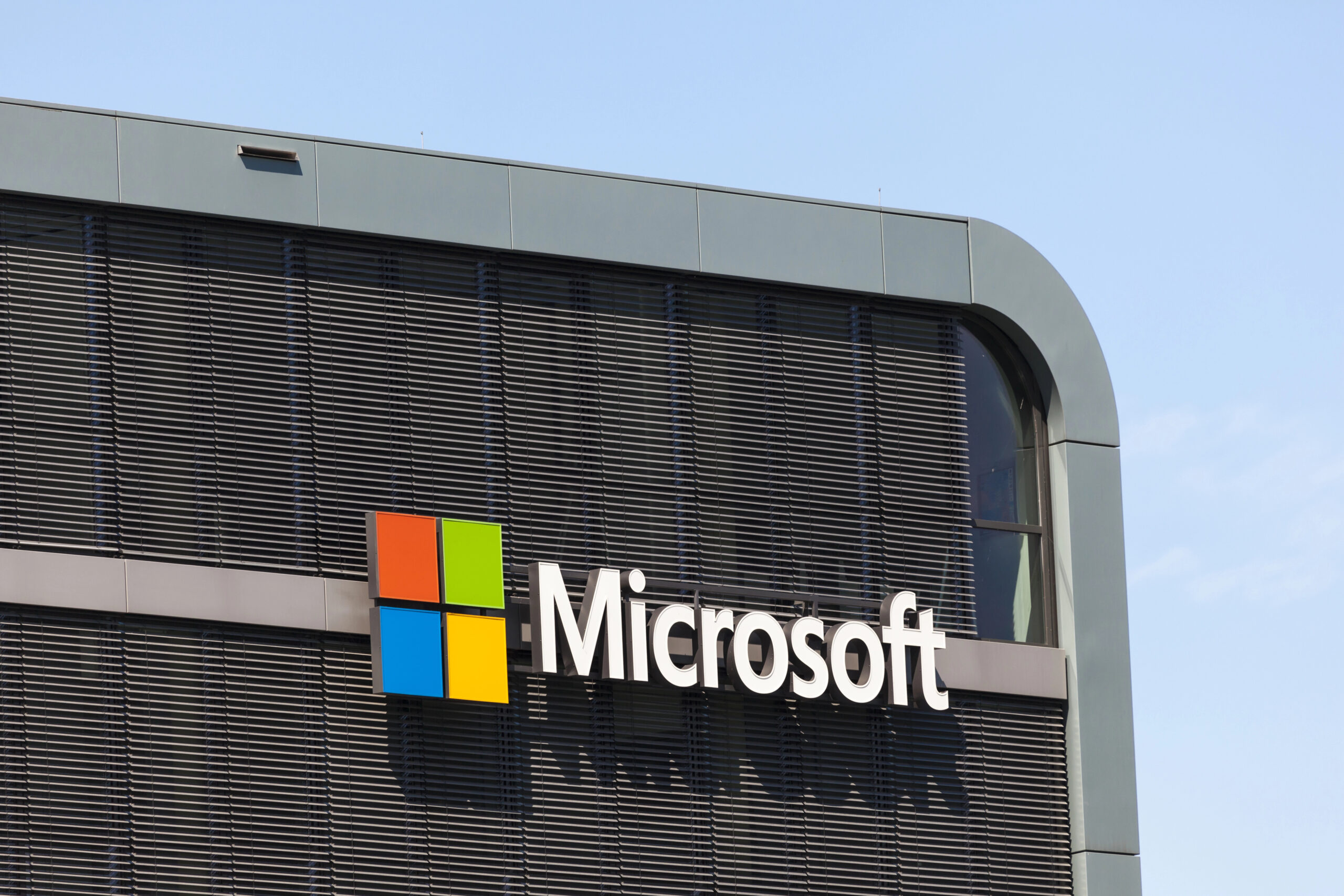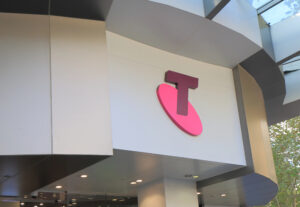Most are aware that the recent CrowdStrike incident sent shockwaves through the IT world. Microsoft has estimated that a staggering 8.5 million Windows devices were affected by CrowdStrike’s update. Thus, leading to widespread disruptions on a global scale. In response, Microsoft has taken swift action to address the fallout and prevent similar occurrences in the future. Partnering with cloud providers and affected customers, the tech giant worked tirelessly to mitigate the impact. All of which to restore normalcy to affected systems. This article delves into Microsoft’s comprehensive response strategy and its implications for the broader IT landscape.
The CrowdStrike Incident: What Happened
Initial Update and Immediate Impact
On July 19, 2024, CrowdStrike, a prominent cybersecurity company, released an update for its Falcon sensor software. This routine update, intended to enhance security features, inadvertently triggered a widespread disruption affecting millions of Windows devices globally. The incident quickly escalated from a minor inconvenience to a major IT crisis, catching both CrowdStrike and its clients off guard.
Scope and Scale of the Problem
As the situation unfolded, it became apparent that the impact was far more extensive than initially anticipated. Microsoft, working closely with affected parties, estimated that approximately 8.5 million Windows devices were impacted by the faulty update. This staggering number underscores the widespread adoption of CrowdStrike’s security solutions and the potential for cascading effects in our interconnected digital ecosystem.
Technical Root Cause
The root cause is traced back to a compatibility issue between the updated Falcon sensor and certain Windows system processes. This conflict resulted in system instabilities, performance degradation, and in some cases, complete system failures. The technical intricacies of the problem highlighted the delicate balance between robust security measures and system stability that cybersecurity providers must maintain.
Response and Mitigation Efforts
Upon recognizing the severity of the situation, CrowdStrike swiftly initiated its incident response protocols. The company worked tirelessly to develop and distribute a patch to address the compatibility issues. Simultaneously, Microsoft mobilized its resources to assist affected customers and collaborate with cloud providers to mitigate the impact. This coordinated effort between software vendors, cloud providers, and IT teams worldwide exemplified the importance of rapid response and cooperation in addressing large-scale technology incidents.
Widespread Impact: Millions of Devices Affected
The recent CrowdStrike incident has sent shockwaves through the global IT landscape, affecting an estimated 8.5 million Windows devices worldwide. This unprecedented scale of impact underscores the interconnectedness of modern technology ecosystems and the potential for far-reaching consequences when issues arise.
The scale of the Disruption
The sheer number of affected devices—8.5 million—is staggering. By comparison, it’s equivalent to the entire population of New York City being simultaneously affected by a single technological hiccup. This widespread impact has touched organizations across various sectors, from small businesses to large enterprises, highlighting the critical role that Windows devices play in today’s digital infrastructure.
Global Ripple Effects
The repercussions of this incident have been felt far beyond individual devices. IT departments worldwide have been grappling with the fallout, working tirelessly to mitigate the effects and restore normal operations. The global nature of this disruption has brought to light the intricate web of dependencies that exist in modern IT environments, where a single update can have cascading effects across continents.
Collaborative Response
In the face of this challenge, Microsoft has taken a proactive stance by collaborating with cloud providers and customers. This cooperative approach is crucial in addressing the immediate impact and developing strategies to prevent similar incidents in the future. By leveraging its vast network of partners and users, Microsoft is not only working to resolve the current situation but also gathering valuable insights to enhance the resilience of its systems moving forward.
As the tech community rallies to address this significant disruption, the incident serves as a stark reminder of the importance of robust testing, gradual rollouts, and comprehensive contingency plans in an increasingly interconnected digital world.
Microsoft’s Response to the Incident

Immediate Action and Collaboration
In response to the CrowdStrike incident that affected an estimated 8.5 million Windows devices, Microsoft swiftly mobilized its resources to address the global IT disruptions. You’ll find that the tech giant’s approach was multi-faceted, focusing on both immediate mitigation and long-term prevention strategies. Microsoft initiated collaboration with cloud providers and affected customers, recognizing the need for a coordinated effort to minimize the impact of this widespread issue.
Technical Support and Guidance
Microsoft’s technical teams worked tirelessly to provide support and guidance to impacted organizations. You can expect detailed documentation and step-by-step instructions for recovery, which Microsoft made readily available through its official channels. The company also deployed additional support personnel to assist customers in navigating the complexities of the incident, ensuring minimal downtime and data loss.
Root Cause Analysis and Future Prevention
Understanding the importance of preventing similar incidents in the future, Microsoft commenced a thorough root cause analysis. You’ll see that this investigation aims to identify vulnerabilities in the update process and potential improvements in compatibility testing. The company is likely to implement enhanced quality assurance measures and expand its pre-release testing protocols to catch similar issues before they affect end-users.
Communication and Transparency
Throughout the incident, Microsoft maintained open lines of communication with affected parties. You can find regular updates on the situation through Microsoft’s official blog, social media channels, and direct customer communications. This transparency helps build trust and keeps stakeholders informed about progress and next steps in resolving the issue.
By taking these comprehensive steps, Microsoft demonstrates its commitment to resolving the CrowdStrike incident and reinforcing the reliability of its Windows ecosystem. The company’s response underscores the critical nature of swift action, collaboration, and continuous improvement in maintaining the integrity of global IT infrastructure.
How Microsoft is Working to Prevent Future Issues
Microsoft is taking proactive steps to address the recent CrowdStrike incident and prevent similar issues from occurring in the future. You’ll find that the company is implementing a multi-faceted approach to enhance system stability and improve communication with partners and customers.
Enhancing Quality Assurance Processes
Microsoft is bolstering its quality assurance procedures to catch potential conflicts before they reach end-users. You can expect more rigorous testing of updates, particularly those involving third-party security software. This includes expanding automated testing suites and increasing the diversity of hardware configurations used in pre-release trials.
Improving Communication Channels
To prevent future disruptions, Microsoft is strengthening its communication channels with cloud providers and customers. You’ll see more frequent and detailed updates regarding potential conflicts between Windows updates and third-party software. This improved dialogue aims to identify and resolve issues more quickly, minimizing downtime for users worldwide.
Implementing Advanced Monitoring Systems
Microsoft is deploying advanced monitoring systems to detect anomalies in real-time. You can rest assured that these systems will help identify and isolate problems faster, allowing for more rapid response times. This proactive approach will enable Microsoft to address potential issues before they escalate into widespread disruptions.
Developing Robust Rollback Mechanisms
In the event of unforeseen complications, Microsoft is refining its rollback procedures. You’ll benefit from more efficient and less disruptive methods to revert problematic updates. This enhancement ensures that even if an issue does occur, its impact on your systems will be minimized.
By implementing these measures, Microsoft aims to greatly reduce the likelihood of future incidents like the CrowdStrike update issue. You can expect a more stable and reliable Windows ecosystem as these improvements take effect, ensuring your organization’s IT infrastructure remains secure and operational.
FAQs: Answering Common Questions on Microsoft’s Response to the CrowdStrike Incident
What happened and how many devices were affected?
The recent CrowdStrike update caused significant global IT disruptions, affecting an estimated 8.5 million Windows devices. This incident led to widespread system issues and operational challenges for businesses and organizations worldwide. Microsoft promptly acknowledged the scale of the problem and initiated a comprehensive response to address the situation.
How is Microsoft responding to the incident?
Microsoft has taken a proactive approach to addressing the CrowdStrike incident. The company is actively collaborating with cloud providers and affected customers to mitigate the impact of the disruptions. This collaborative effort involves sharing technical expertise, providing support resources, and implementing solutions to restore affected systems. Additionally, Microsoft is working on preventive measures to safeguard against similar incidents in the future.
What steps are being taken to prevent future incidents?
To prevent future incidents of this nature, Microsoft is implementing a multi-faceted strategy. This includes:
Enhancing security protocols for third-party updates
Improving system monitoring and early warning mechanisms
Strengthening communication channels with partners and customers
Developing more robust failsafe measures for critical system updates
These preventive measures aim to create a more resilient ecosystem that can better withstand potential disruptions caused by software updates or similar technical issues.
How can affected users get support?
If you’re an affected user, Microsoft recommends the following steps:
Visit the official Microsoft Support website for the latest guidance
Contact your organization’s IT department for specific instructions
Follow Microsoft’s social media channels for real-time updates
Utilize available Microsoft community forums for peer support and troubleshooting tips
Microsoft is committed to providing ongoing support and resources to help affected users navigate through this challenging situation and restore their systems to normal operation.
In Conclusion
As you’ve seen, Microsoft’s swift and comprehensive response to the CrowdStrike incident demonstrates its commitment to customer security and system stability. By working closely with cloud providers and affected customers, Microsoft has taken significant steps to mitigate the impact of this widespread disruption. Moving forward, you must stay informed about potential vulnerabilities and update protocols. Remain vigilant in monitoring your systems and implementing Microsoft’s recommended best practices. This incident serves as a reminder of the interconnected nature of modern IT infrastructure and the importance of proactive security measures. By staying prepared and responsive, you can better protect your organization against future disruptions and maintain operational continuity.
More Stories
Amazon’s ‘Get Book’ Button Breaks Apple’s Grip on iOS Kindle Purchases
Amazon has introduced a “Get Book” button in its iOS Kindle app, marking a pivotal moment in the ongoing battle over digital purchase control.
Gamuda Powers Malaysia’s Digital Leap with Google’s Data Center Deal
Google has awarded Gamuda Berhad a significant contract to develop a hyperscale data center in Malaysia. This collaboration highlights Google’s investment strategy to strengthen cloud infrastructure and AI capabilities in Southeast Asia.
Agent Hospital: China’s AI Doctors Redefine Global Healthcare Frontiers
China’s “Agent Hospital” emerges as a revolutionary force in healthcare. Developed by Tsinghua University, this groundbreaking facility boasts the world’s first fleet of fully AI-driven medical professionals.
Fintech Alliance PH Welcomes Paynamics to Strengthen Digital Payments Ecosystem
In the Philippines' financial technology sector, Fintech Alliance PH announces a pivotal collaboration with Paynamics Technologies Inc. This partnership signals...
Spotify Unveils ‘Plays’ Count, Turning Podcasts into a Popularity Contest
Spotify has taken a bold step by unveiling a new “plays” count feature for podcasts, a move that promises to redefine the dynamics of content popularity. This innovation introduces a level of transparency akin to the metrics seen on video platforms, turning podcasting into a competitive arena where every play counts.
Pinterest’s AI-Powered Visual Search Revolutionizes Fashion Discovery
Pinterest leads digital fashion discovery with its groundbreaking AI-powered Visual Search technology. This tool transforms your online browsing experience.


